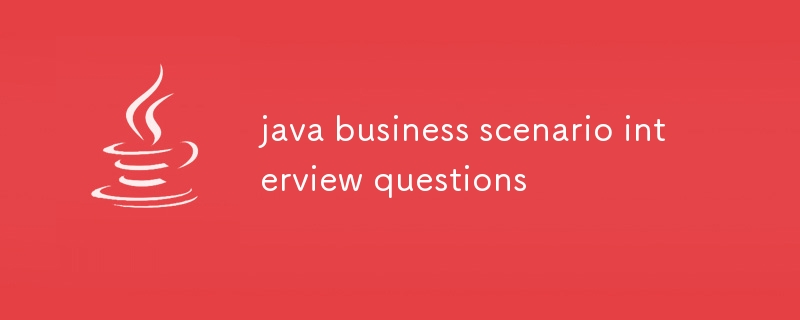
This article provides guidance on designing Java applications with high concurrency and low latency through techniques such as asynchronous programming, thread pooling, caching, and horizontal scaling. It also discusses managing transactions and data

How do you design a Java application with high concurrency and low latency?
To design a Java application with high concurrency and low latency, you can employ a combination of techniques:
Explain your approach to managing transactions and data consistency in a Java-based database application.
For managing transactions and data consistency in a Java-based database application, I adhere to the ACID (Atomicity, Consistency, Isolation, Durability) principles:
To achieve these principles, I employ techniques such as:
Describe a business scenario where you implemented a complex Java solution to address a specific business challenge.
In a large-scale e-commerce application, we faced the challenge of efficiently processing a high volume of orders while maintaining data integrity and minimizing latency. To address this:
This solution significantly improved order processing speed, reduced latency, and ensured data consistency, resulting in improved customer satisfaction and increased revenue for the business.
The above is the detailed content of java business scenario interview questions. For more information, please follow other related articles on the PHP Chinese website!
 What is the use of docker image?
What is the use of docker image?
 How to find the location of a lost Huawei phone
How to find the location of a lost Huawei phone
 Clean the registry
Clean the registry
 How to set offline status on Douyin
How to set offline status on Douyin
 Oracle view table operation history
Oracle view table operation history
 Introduction to carriage return and line feed characters in java
Introduction to carriage return and line feed characters in java
 parseint function usage
parseint function usage
 What should I do if the docker container cannot access the external network?
What should I do if the docker container cannot access the external network?




